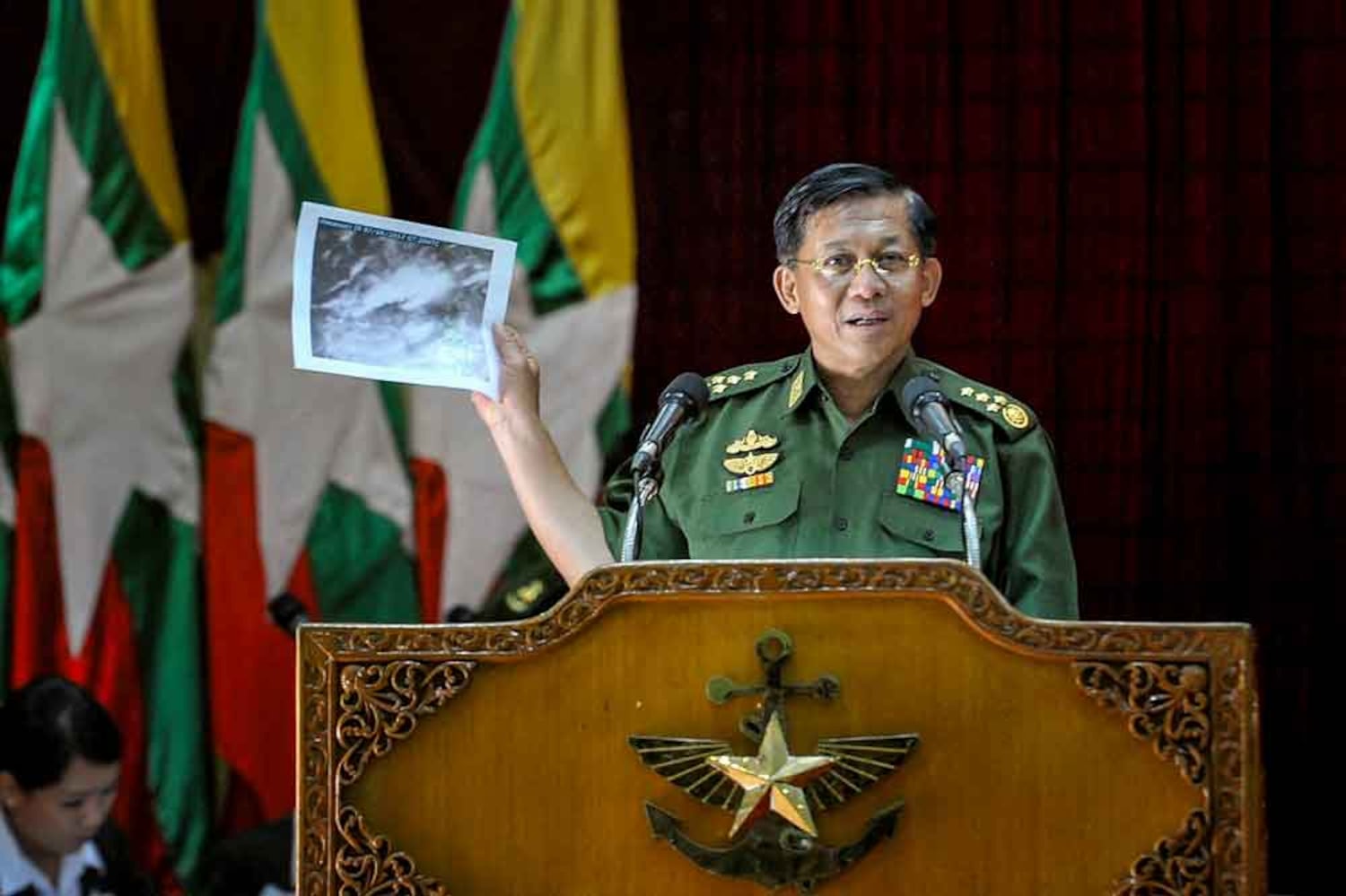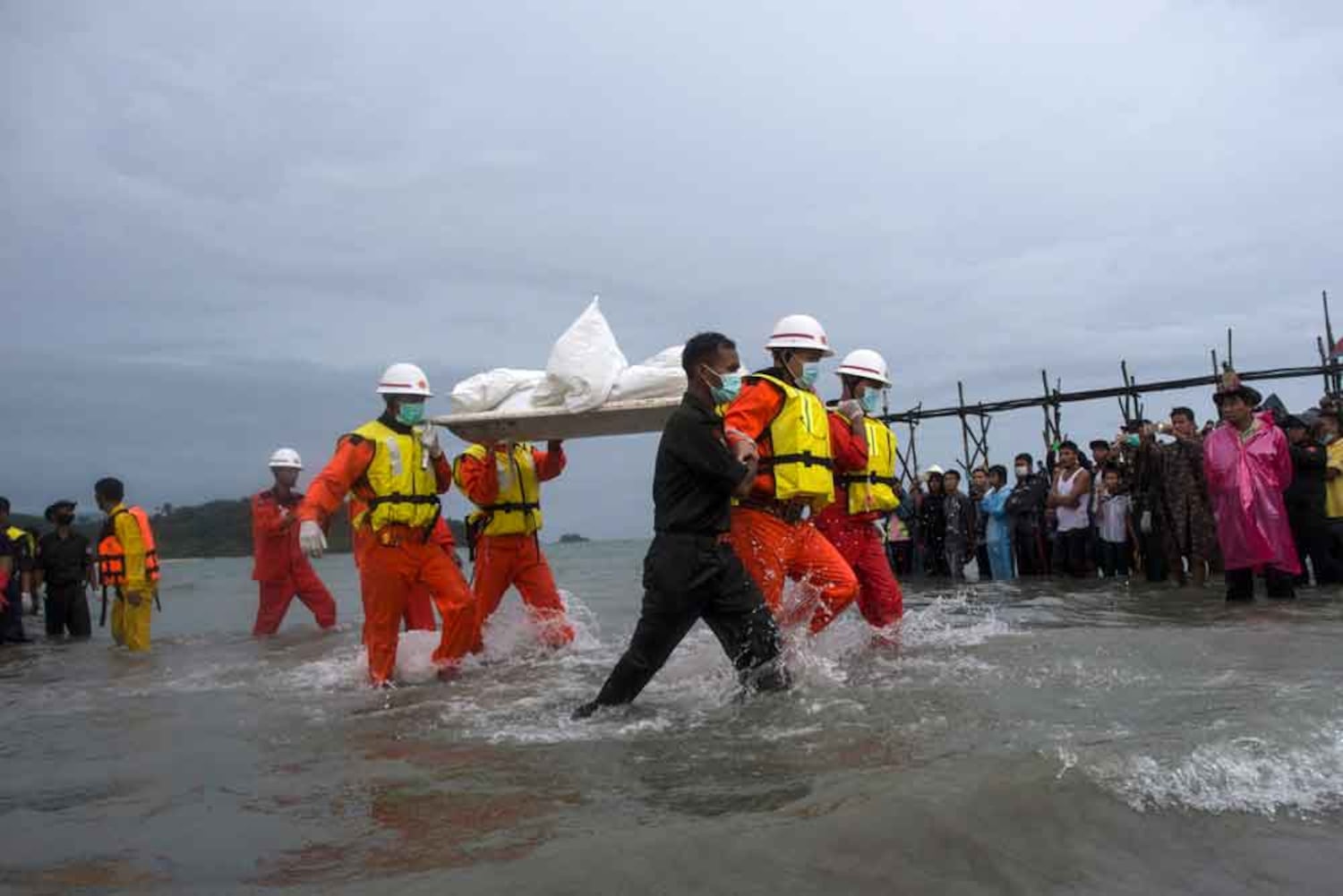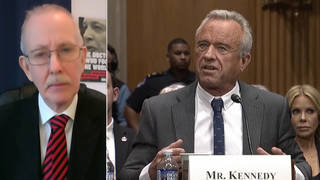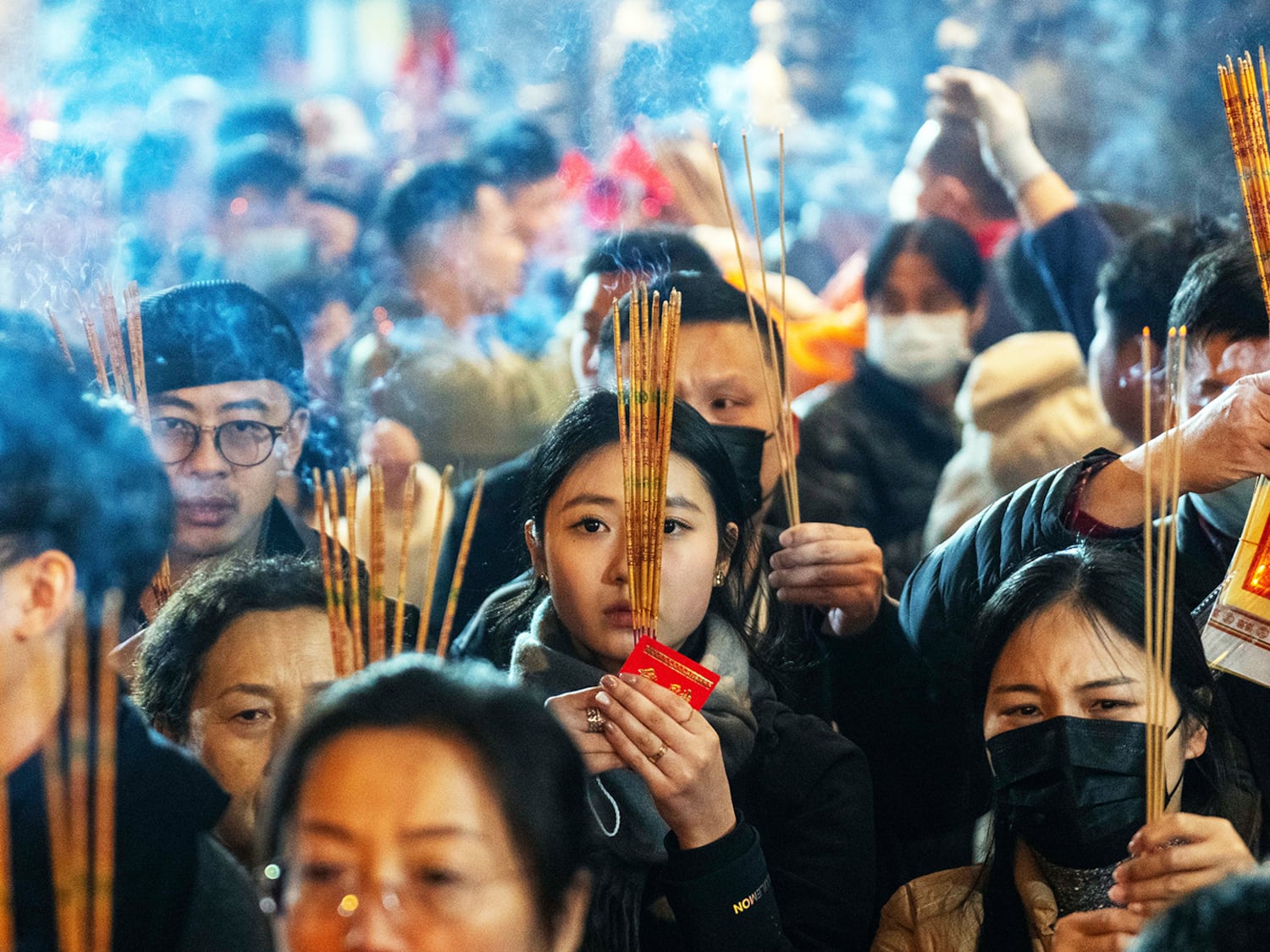U.S. Secretary of State Marco Rubio on Sunday visited Panama to relay President Donald Trump’s concerns about alleged Chinese control of the Panama Canal and to repeat his threats to reassert U.S. control over the key trade route.
After touring the canal and meeting with Panamanian President José Raúl Mulino, Rubio called China’s influence in the Panama Canal a “violation” of the treaty under which the United States handed over control of the waterway to Panama.
“Absent immediate changes, it would require the United States to take measures necessary to protect its rights,” Rubio said according to a State Department statement.
What have Trump and Mulino said?
During his inaugural address on Jan. 20, Trump said that “China is operating the Panama Canal. And we didn’t give it to China. We gave it to Panama, and we’re taking it back.”
In response, Mulino said on Jan. 22 that the canal is “is and will continue to be Panama’s.”
“Panama is moving forward. Panama is not distracted by these kinds of statements,” Mulino said at the Davos Forum in Switzerland. “Over time, we have been an ally and friend of the United States; partners in large part in important benefits, not only through the Canal, but also participants, being the main user of the Canal, transporting goods to and from the United States.”
“One cannot ignore public international law,” he said. “So, I think that does not concern me, because that is strictly impossible in law.”
Does China control the Panama Canal?
The United States invaded Panama in 1989, overthrowing then-President Manuel Noriega –- a one-time U.S. ally who was later targeted for his role as an international drug kingpin. The canal was handed over to Panama in 1999 under a treaty signed by President Jimmy Carter in 1977.
Any nation is allowed to use the transoceanic waterway, which lifts massive cargo vessels above sea level through a series of interconnected locks and back down again, connecting the Atlantic and Pacific Oceans.
Beijing says it has no control over the running of the canal, Chinese foreign ministry spokesperson Mao Ning told journalists on Jan. 22.
“We agree with Panamanian President Mulino that Panama’s sovereignty and independence are not negotiable and the canal is not directly or indirectly controlled by any major power,” Mao told a regular news conference in Beijing.
“China does not participate in the management and operation of the canal and never interferes in canal affairs,” she said. “We always respect Panama’s sovereignty over the canal and recognize the canal as a permanently neutral international waterway.”
However, Panama granted a concession to operate the ports of Balboa and Cristobal, on the Pacific and Atlantic sides of the Canal, to Hutchison-Whampoa in 1996, which is owned by Hong Kong billionaire Li Ka-shing and has since been merged into his CK Hutchison Holdings.
The U.S. government has previously said it does not believe that the concession represented a threat to the canal.
“Several entities of the U.S. Government, including the Federal Maritime Commission and the staff of the Senate Foreign Relations Committee, have researched this issue extensively and have not uncovered any evidence to support a conclusion that the People’s Republic of China will be in a position to control Canal operations,” according to the Department of State FAQ on the canal.
The neutrality of the Canal and its operations are guaranteed by the Neutrality Treaty and associated protocols, to which 36 other countries are party, it said.
RELATED STORIES
Victor Li ‘prays’ Hong Kong can keep global financial center status
China calls on Hong Kong tycoons to help kickstart national economy
Beijing sees Trump presidency as ‘critical’ juncture for Sino-US ties
What is the extent of Chinese influence in Panama?
While attempts by Chinese state-owned enterprises to acquire ports in Latin America have been largely unsuccessful, Li Ka-shing’s expansion in the region has been unimpeded.
In 2017, Panama severed diplomatic ties with democratic Taiwan and established relations with the People’s Republic of China, becoming the first Latin American country to join President Xi Jinping’s Belt and Road global supply chain and infrastructure program.
The move paved the way for Chinese companies — both private and state-owned — to plow hundreds of millions of dollars into a new cruise terminal and a bridge across the canal.
Li, probably Hong Kong’s most famous businessman, has been courted by Beijing since the 1997 handover of Hong Kong to Chinese rule. He has close connections to the highest levels of leadership, and has been received by past Presidents Jiang Zemin and Hu Jintao.
The U.S. investigation into Li’s Panama Canal concession in 1999 concluded that it was largely safe from Chinese influence because of Hong Kong’s status as a separate trading jurisdiction from the rest of China.
That separate status — called into question as China stepped up its political control over the city in the wake of mass popular protests — was officially revoked under the last Trump administration through an executive order in July 2020, which said the city was “no longer sufficiently autonomous to justify differential treatment in relation to the People’s Republic of China.”
So what is Li Ka-shing’s international role?
In 1991, when Hong Kong billionaire Li Ka-shing’s CK Hutchison acquired Britain’s biggest seaport at Felixstowe, the city’s rags-to-riches tycoon was just getting started.
Now, he heads a multinational cargo port empire with operations in 53 ports in 24 countries in Europe, the Middle East, Africa and Latin America.

Experts say Li is trusted both by Beijing and the wider international community, and that his ventures are seen as a way for China to bring influence to bear, but without making it too obvious.
While not all of Li’s corporate investments can be seen as a disguised form of Chinese diplomacy, many of his Latin American ventures are ports in highly strategic locations, often in countries that initially lacked diplomatic ties with Beijing, according to Hong Kong political scientist Simon Shen.
Many of the countries Li invests in once recognized the Republic of China on Taiwan rather than the People’s Republic of China. Yet the pace of his investments slowed once Taiwanese President Ma Ying-jeou — who advocates warm ties with Beijing — took power.
Investments made by Li haven’t typically set off many alarm bells in the corridors of Western governments; CK Hutchison has won contracts that a Chinese state-owned enterprise could only dream of.
But according to Shen, complaints were emerging in U.S. right-wing media of Chinese influence in the Panama Canal as early as 2011.
Those concerns have now become mainstream under the Trump administration.
What does this mean for Hong Kong?
Hong Kong’s shift from an international free port to a city that is increasingly run along mainland Chinese lines has led to a change in attitudes to the activities of its business community.
“Hong Kong isn’t the city it was back in the day — it is a Chinese port,” Taiwanese national security research Shih Chien-yu told RFA Cantonese in a recent interview. “Naturally, other countries are going to have doubts.”
According to Hong Kong entrepreneur Herbert Chow, the ongoing crackdown on political dissent in Hong Kong is coming back to bite its companies, which are now more likely to be viewed as Chinese.
He said China should consider making some concessions, including releasing jailed media tycoon Jimmy Lai, to boost the city’s international image.
“So many Hong Kong businesses have gone to Southeast Asia now to put down roots and break away from the politically sensitive connection to China,” Chow said.
CK Hutchison was invited to respond to this article, but hadn’t replied by the time of writing.
Translated and edited by Luisetta Mudie.
This content originally appeared on Radio Free Asia and was authored by Ha Syut.



















